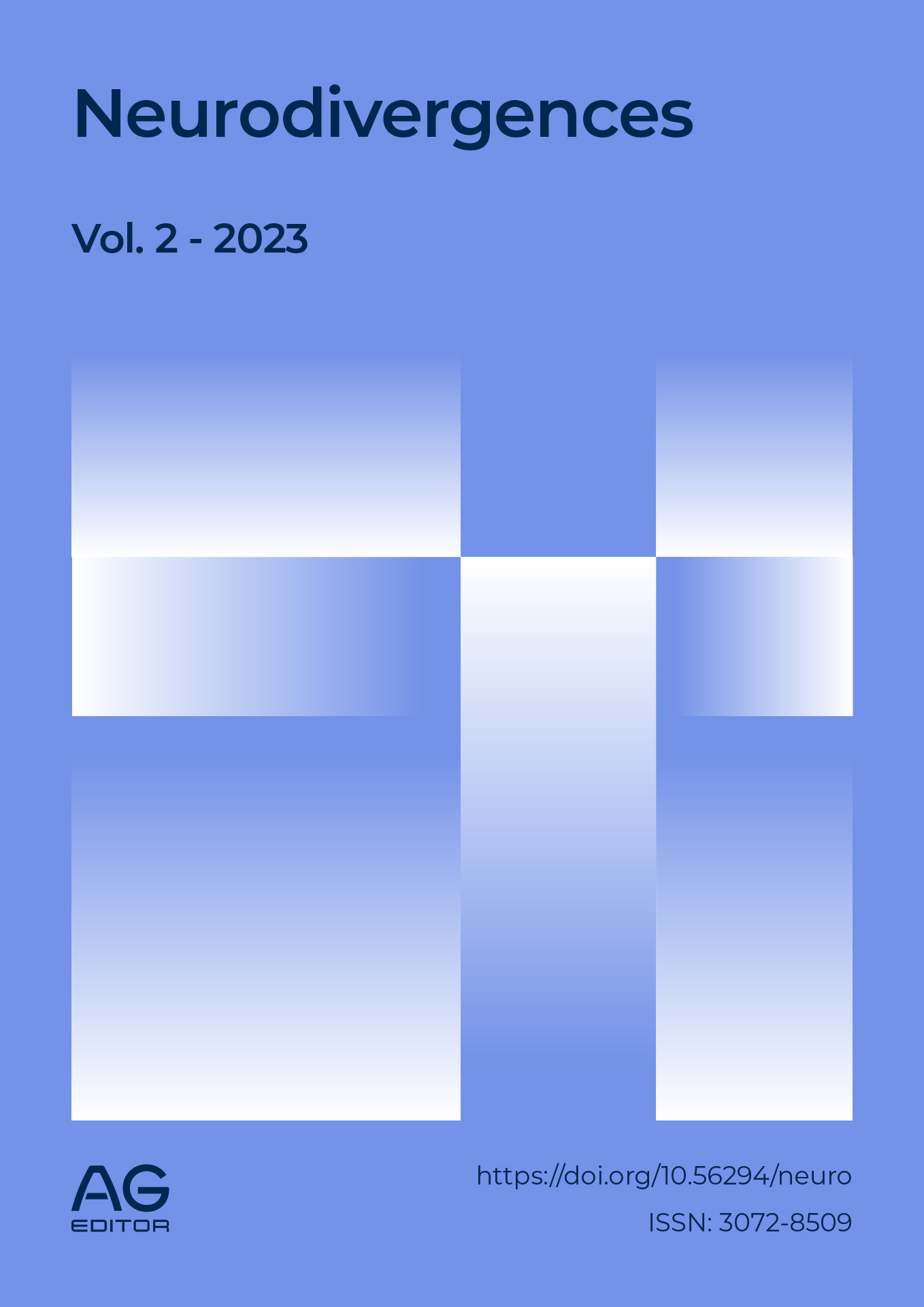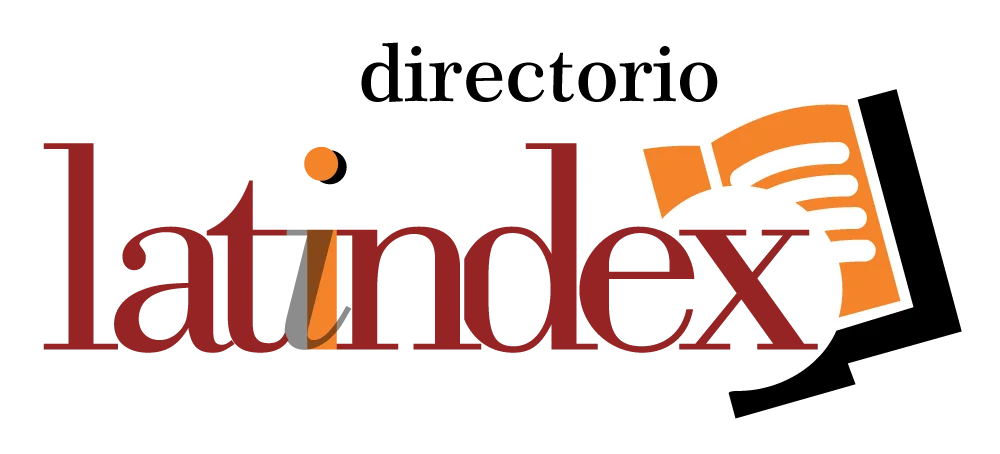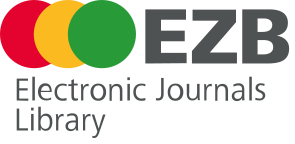Towards social inclusion: Argentine influencers with disabilities in the digital era
DOI:
https://doi.org/10.56294/neuro202361Keywords:
social inclusion, influencers, disability, communication impact, InstagramAbstract
Considering social networks as an opportunity to demystify and make disability visible, this study wanted to answer which is the impact of the communications of argentine influencers with disabilities in the social network known as "Instagram". Based on a descriptive study, with a mixed approach, 5 influencers were surveyed and their communications were analyzed in order to respond to the objectives set. The results showed that the impact of their communications is positive, since this platform allows them to share their experiences, interact with their audience and inform about disability and accessibility, providing an effective influence that promotes respect for diversity. It was concluded that Instagram can be considered a superior social network that could be used to eradicate certain barriers and therefore favor the inclusion of people with disabilities in society. The findings of this study were able to answer our research question and, consequently, new and extremely interesting questions appeared for future research and enriching for the discipline of Public Relations.
References
1. Azcuara de Curi C. Inclusión escolar [Internet]. 2017 [citado 2025 Ago 26]. Disponible en: http://integramente.mx/blog/inclusion-escolar
2. Camacho K. La brecha digital [Internet]. Instituto Argentino para el Desarrollo Económico; 2006 [citado 2025 Ago 26]. Disponible en: https://www.iade.org.ar/noticias/la-brecha-digital
3. Carrasco R. Influencers, los nuevos comunicadores. Artículo en red. 2016.
4. Christakis N, Fowler J. Conectados: el sorprendente poder de las redes sociales y cómo nos afectan. México D. F.: Taurus; 2010.
5. Díaz Iglesias L. Soy Marca: quiero trabajar con influencers. Influencer Marketing. Barcelona: Profit; 2017.
6. Deliyore-Vega M. Comunicación alternativa, herramienta para la inclusión social de las personas en condición de discapacidad. Rev Electr Educare [Internet]. 2017 [citado 2025 Ago 26];22(1). Disponible en: https://www.redalyc.org/journal/1941/194154980012/html/
7. Instituto Nacional de Estadística y Censos (INDEC). Estudio Nacional sobre el Perfil de las Personas con Discapacidad [Internet]. 2018 [citado 2025 Ago 26]. Disponible en: https://www.indec.gob.ar/ftp/cuadros/publicaciones/estudio_discapacidad_2018_b1.pdf
8. Fedor S, Gómez. La comunicación. Universidad de Carabobo, Facultad de Ciencias de la Salud, Psiquiátrico de Bárbula, Módulo nº 13; 2016.
9. Fernández de Vega A. La comunicación con impacto positivo [Internet]. 2018 [citado 2025 Ago 26]. Disponible en: https://blog.criteria.es/la-comunicacion-con-impacto-positivo
10. Fernández Gómez JD, Hernández-Santaolalla V, Sanz-Marcos P. Influencers, marca personal e ideología política en Twitter. Cuadernos.info. 2018;(42):19-37.
11. Barco Blanco G. Antecedentes del estigma asociado a las personas con discapacidad: el rol de las emociones [Internet]. Granada: Facultad de Ciencias de la Educación, Universidad de Granada; 2016 [citado 2025 Ago 26]. Disponible en: https://digibug.ugr.es/bitstream/handle/10481/46352/BarcoBlanco_TFGDiscapacidad.pdf?sequence=1
12. Hernández Ríos MI. El concepto de discapacidad: de la enfermedad al enfoque de derechos [Internet]. 2015 [citado 2025 Ago 26]. Disponible en: http://www.scielo.org.co/pdf/cesd/v6n2/v6n2a04.pdf
13. Bazán J. Popularidad 2.0. El sueño de ser influencer: qué hay detrás de la obsesión por ganar seguidores y cuánto se llega a pagar [Internet]. Clarín. 2022 [citado 2025 Ago 26]. Disponible en: https://www.clarin.com/sociedad/sueno-influencer-detras-obsesion-ganar-seguidores-llega-pagar_0_0qAU0IFs5m.html
14. Barriga Bravo JJ. La imagen social de las personas con discapacidad [Internet]. Comité Español de Representantes de Personas con Discapacidad; 2008 [citado 2025 Ago 26]. Disponible en: http://riberdis.cedid.es/bitstream/handle/11181/3622/La%20imagen%20social%20de%20las%20personas%20con%20discapacidad.pdf?sequence=1
15. Katz E, Lazarsfeld P. Personal influence: the part played by people in the flow of mass communication. New York: Free Press; 1955.
16. Kay S, Mulcahy R, Parkinson J. When less is more: the impact of macro and micro social media influencers’ disclosure. J Mark Manag. 2020;36(3-4):248-78.
17. Kim KM, Qian X. "Me siento valorado": la experiencia de la participación en las redes sociales entre las personas con discapacidad intelectual y del desarrollo en Corea del Sur. Int J Dev Disabil. 2019;67(6):410-9.
18. Moscato L. Daniela Aza, "influencer" de la inclusión: "La discapacidad se ve como una tragedia y no como condición" [Internet]. Clarín. 2021 [citado 2025 Ago 26]. Disponible en: https://www.clarin.com/buena-vida/daniela-aza-influencer-inclusion-discapacidad-ve-tragedia-condicion-_0_q-MqLv-Ro.html
19. Perujo Serrano F. Discapacidad y medios de comunicación: entre la información y el estereotipo. 2001.
20. Statista. Porcentaje de usuarios de algunas redes sociales en Argentina en 2022 [Internet]. Social media y contenido creado por el usuario. 2022 [citado 2025 Ago 26]. Disponible en: https://es.statista.com/estadisticas/1218938/argentina-porcentaje-de-usuarios-por-red-social/
21. Universidad ISALUD. Revista ISalud. 2019;14(67).
22. Sallafranque-St-Louis F, Normand CL. De la soledad a la solicitud: cómo las personas con discapacidad intelectual o trastorno del espectro autista utilizan Internet. Cyberpsychol J Psychosoc Res Cyberspace. 2017;11(1):7.
23. Salinas Ibáñez J. Innovación educativa y uso de las TIC. Universidad Internacional de Andalucía; 2008.
24. Programa de las Naciones Unidas para el Desarrollo. Objetivos de Desarrollo Sostenible: Salud y bienestar [Internet]. 2022 [citado 2025 Ago 26]. Disponible en: https://www.undp.org/es/sustainable-development-goals#salud-bienestar
25. Seoane JA. ¿Qué es una persona con discapacidad? [Internet]. Universidade da Coruña; 2011 [citado 2025 Ago 26]. Disponible en: https://dspace.usc.es/xmlui/bitstream/handle/10347/7386/pg_144-163_agora30_1.pdf?sequence=1&isAllowed=y
26. Skaf E. ¿Cómo usar hashtags? Guía para redes sociales [Internet]. Postcron; 2016 [citado 2025 Ago 26]. Disponible en: https://postcron.com/es/blog/como-usar-hashtags
27. Tollan K. Exploring the development of identity and community among disabled youth on Instagram [tesis doctoral en Internet]. Ontario: Brock University; 2020 [citado 2025 Ago 26]. Disponible en: https://dr.library.brocku.ca/handle/10464/14981
28. Tsatsou P. Digital inclusion of people with disabilities: a qualitative study of intra-disability diversity in the digital realm [tesis]. Leicester: University of Leicester; 2019.
29. Werner S, Shpigelman CN. Information and communication technologies: where is the person with intellectual disability? Isr J Health Policy Res. 2019;8(6):6.
Published
Issue
Section
License
Copyright (c) 2023 Josefina Stanglino , Carolina Cerruti (Author)

This work is licensed under a Creative Commons Attribution 4.0 International License.
The article is distributed under the Creative Commons Attribution 4.0 License. Unless otherwise stated, associated published material is distributed under the same licence.






